Irrigation System
Systems for Drip Irrigation
Gardeners can pick from a variety of watering techniques, including utilizing a handheld hose, a sprinkler (with or without a timer), excavating trenches or furrows, and a good old-fashioned watering bucket. A drip irrigation system, however, can water your garden effectively and thoroughly while saving time and work in bigger landscapes. If you like the idea of that high-tech option, you might want to consider installing a drip irrigation system.
How Does Drip Irrigation Work?
Drip irrigation is a way to irrigate your garden that makes use of a mechanical system that is connected to a water supply and may be placed all over the place. Water is meant to be distributed gradually and uniformly, as well as to be conserved.
Drip irrigation can be divided into four primary categories: micro-misting systems, emitter systems, drip tapes, and soaker hoses (sometimes referred to as porous soaker lines). According to your needs, each system has a variety of features and advantages.
Soaker Hoses
Soaker hoses, often referred to as porous soaker lines, are lengths of hose with holes uniformly distributed along them. They can be used in vegetable gardens, row crops, hedges, and lines of shrubs. They are adaptable and simple to use. All along their length, these hoses gently leach water into the ground. They cannot be used on hills. Be advised that some varieties are okay to use in your yard but may not be the ideal choice to use on your food crops as they are made of recycled rubber. Due to the fact that they are unaffected by freezing, these hoses can be left in place all year round. Additionally, they only function up to a length of 200 feet, beyond which the water flow will decrease.
Emitters Systems
Due of the unpredictable nature of our anticipated rainfall amounts brought on by climate change, these are growing in popularity among home gardeners. Although they require some setup time, they are effective and reasonably priced. These systems, which come in different varieties depending on your water pressure requirements, are composed of a number of tiny hoses with spaced-equally nozzles (referred to as “emitters”) that slowly drip water into the soil. They work great for effectively watering small shrubs (like roses) or trees throughout your landscape. They can be placed in your vegetable garden as well. These technologies come in handy during the summer’s protracted drought.
Drip Tape
Although it is not as durable as other systems, this is the most cost-effective choice. Additionally, installing and using it is simple. It only functions when put up in straight lines, yet many gardeners have straight margins on their flower beds. This is a great option for vegetable gardens and annuals. You can bury it or cover it with mulch.
Systems for Micro-misting
This item, also referred to as micro-sprinklers, is something you may connect to your irrigation hose system. Orchardists typically employ micro-sprinklers, but home gardeners are starting to utilize them more frequently. They work well for flower beds, ground cover areas, hillsides, and slopes, and are perfect if your property has big trees. This tool is useful for shallow-rooted shrubs like rhododendrons, azaleas, and hydrangeas since it distributes water slowly and evenly over root zones. They can also be used to softly spray the branches until the temperature rises above freezing to shield springtime buds from an unexpected late frost.
A Drip Irrigation System’s Advantages
A drip irrigation system would undoubtedly save you hours of watering time each season if you have a large garden because you won’t need to relocate your sprinkler or stand or walk while spraying with your hose. You only need to switch the water on and off once the system is set up.
Another great approach to reduce water waste and lower your water expenses is using drip irrigation. It distributes water slowly and evenly, delivering it to the exact location where it is needed, conserving a valuable resource, preventing runoff, and effectively watering your garden.
Effects of Drip Irrigation Systems Negatively
Using mowers or other machinery near the hoses or using drip irrigation systems may be difficult for certain people. If someone trips or falls over them, they may also pose a danger. Depending on the type you select, they can be a little tricky to install, but there is a wealth of information online. If irrigation systems are installed, ask a nearby lawn or garden professional.
A more expensive alternative to conventional watering techniques is drip irrigation. However, drip irrigation might be a great option for your needs and more cost-effective over time if you have a large garden, little free time, or reside in a region with scarce water supplies.
Setting Up and Keeping Up a Drip Irrigation System
Installing some drip irrigation systems is simpler than others. Some systems can be manually operated, while others can be programmed to shut off automatically. Before selecting and installing a drip irrigation system, there are a lot of factors to take into account, including the area you’re trying to water, the slope of your lawn, how frequently you’ll need to water your plants, prices, and more. Although the first effort may feel overwhelming, the time saved in the end will show that it was worthwhile. You can get kits with installation instructions if you’re handy and have the time.
A water pump could be necessary for some drip irrigation systems. Some need cautious installation, while others seem unbreakable (drip tape is closer to the latter, although you have to make sure the water holes are facing upwards). In order to prevent freezing damage, some systems, particularly the majority of emitter systems, must be disassembled and stored over the winter in cold climates. You should regularly check your irrigation system to ensure it is operating correctly and replace or repair any worn-out or damaged parts. Most soaker hoses shouldn’t need to be renewed for at least 3 to 5 years.
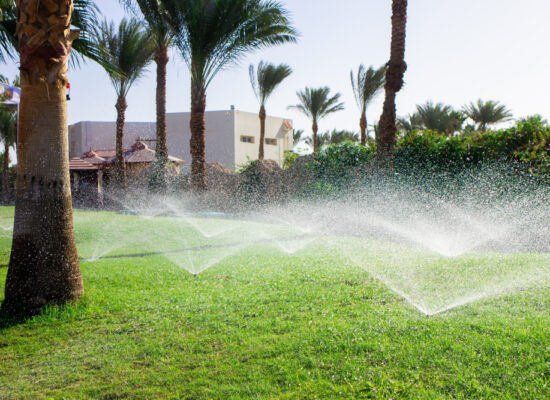
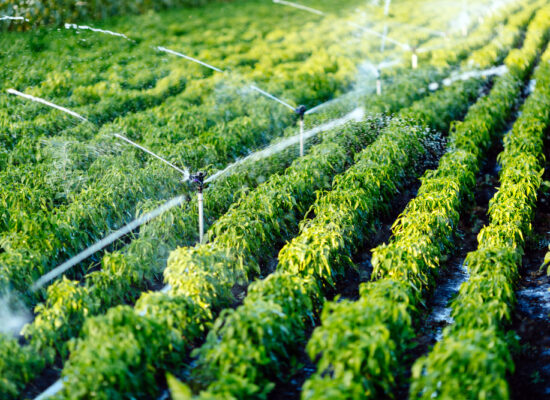
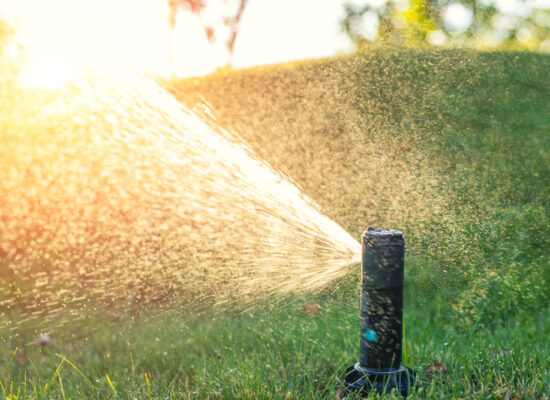
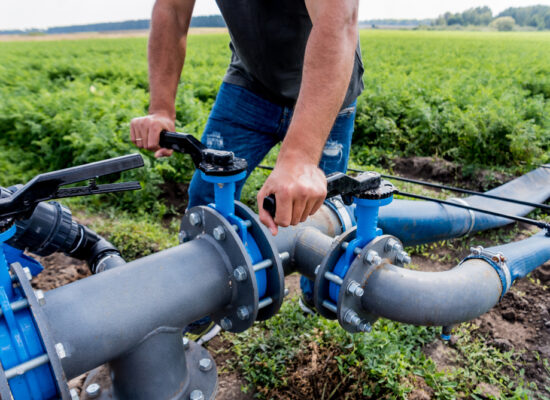
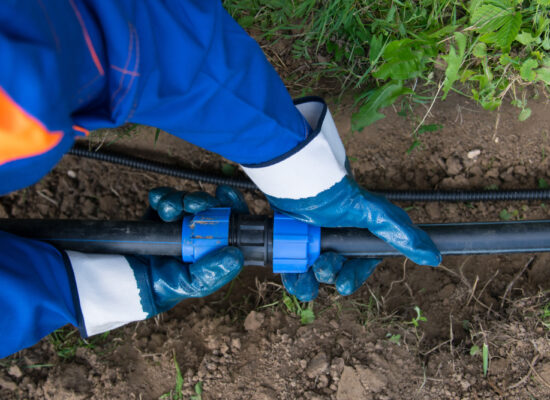
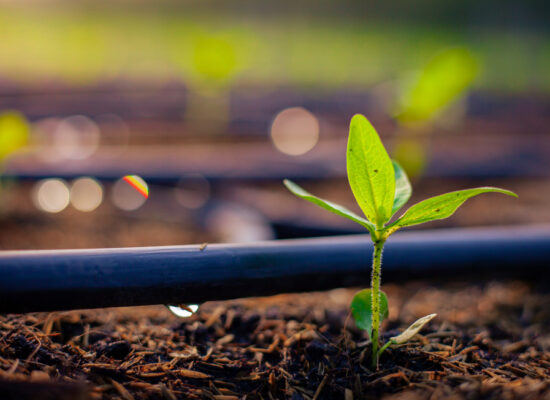
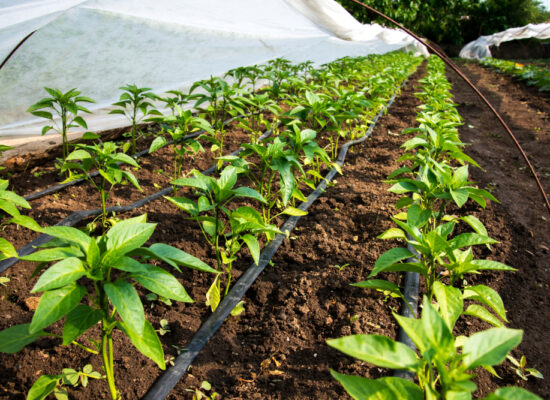
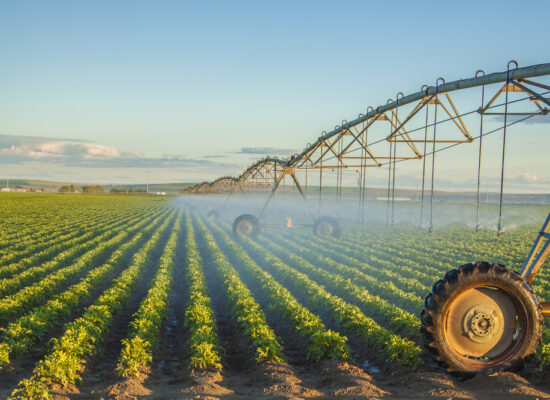
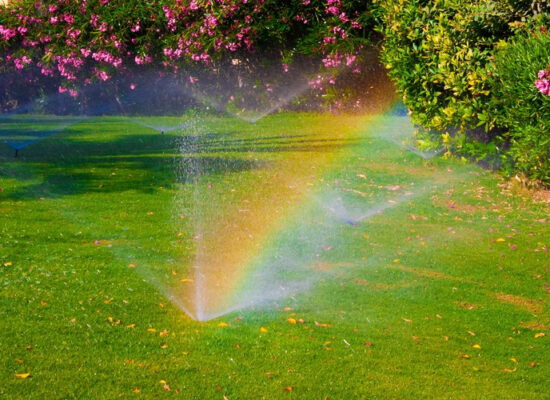
© Arbemu. All rights reserved